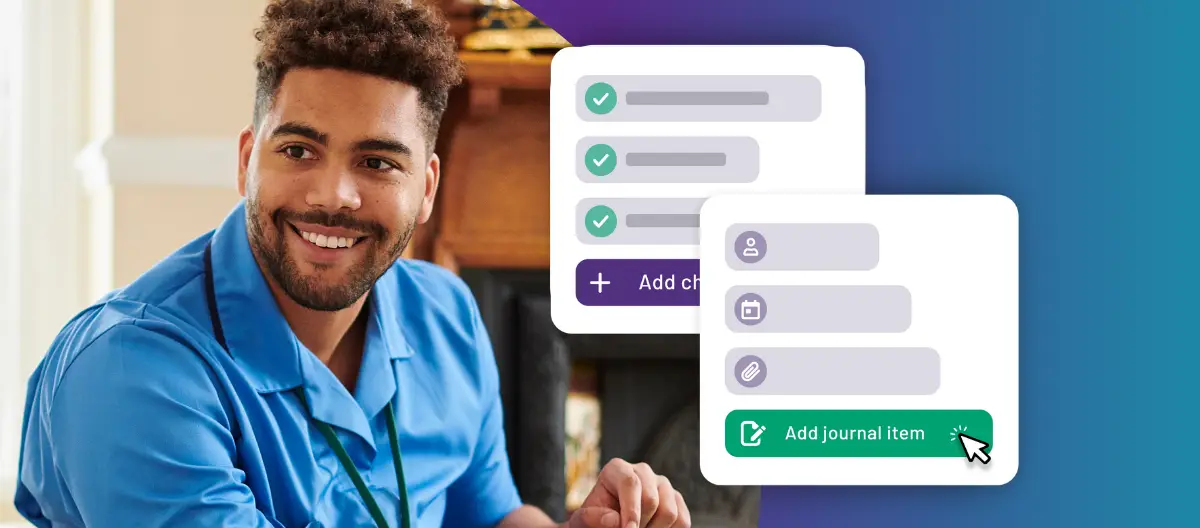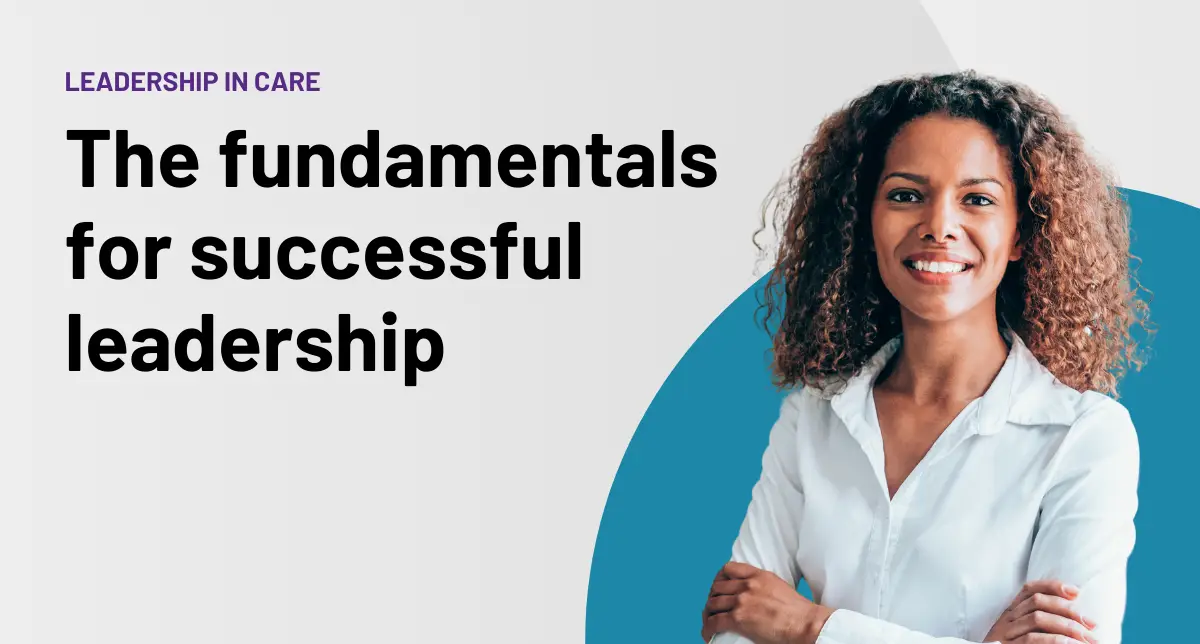In this blog post we wanted to focus on the monthly audit. This is something that is not looked upon favourably by care managers in home care companies. Unfortunately, it’s an unavoidable process that care companies need to go through to make sure that the care being delivered is safe, compliant and being carried out in accordance with how the customer is progressing under the care company.
Clearly, good auditing is a way to help managers and care companies carry out continuous quality control and improve the care being given. In other words, making sure they are improving best practices and that they are always responding to the ever-developing needs of the people in their care.
As straight forward as it might sound, the process itself, currently carried out on paper in most care offices, makes joining all the dots of the care time consuming, complicated and difficult to cross-reference. In its current format the process typically involves something along the lines of the following:
- Normally, notes are recorded in a logbook which lives in the house
- This is collected every month by a care worker/field supervisor and/or manager and, sometimes, a combination of the three
- This is then given to a manager or person in a similar role to audit/cross check/quality control and then adjust care plans accordingly
- Then information is stored.
Traditionally, care notes are a paragraph written down at the end of the visit with a quick synopsis of how the visit went. The care manager needs to decipher what needs have been met and what has been done but, MOST importantly, what HAS NOT been done. This would then need to be reviewed and justified. However, it doesn’t matter if the activity was missed two days ago or 30 days ago as this is retrospective.
With a good digital care planning provider this overall process immediately becomes so much simpler. The physical movement of paper totally disappears; there is no need to pick up the logbooks from your customer’s home. All the information that is recorded at the point of care is instantly sent back via the digital system for the care managers to see. So, rather than a handwritten paragraph, there are detailed notes for all the designated activities performed throughout the day.
Care businesses receive a live feed of care given so you are aware if there are any issues that need to be flagged immediately rather than getting any nasty surprises at the monthly audit and needing to backtrack. The live information feed forms the information to review and can help work around handwriting or grammar issues. You will know what’s being done and what’s not being done which can help build up trends informing the care plan and therefore helping adapt care to the customer’s needs.
For anything missed, the care managers will receive an alert so, depending upon the severity of the activity, it can be rectified immediately or perhaps later in the day. This allows companies to be more responsive without any extra effort. All the information is securely stored rather than living in filing cabinets and easy to access in case you need to find out how many falls occurred in a given period, or how many medication errors were resolved and so on.
Auditing care notes on paperwork has a negative effect on care businesses because it means spending too much time away from care which can, in some cases, lead to a poor review by the regulator. By eliminating this, we can enable care companies to free up time and put them in control of the information they require.
Dominik Soanes
Business Development Manager




